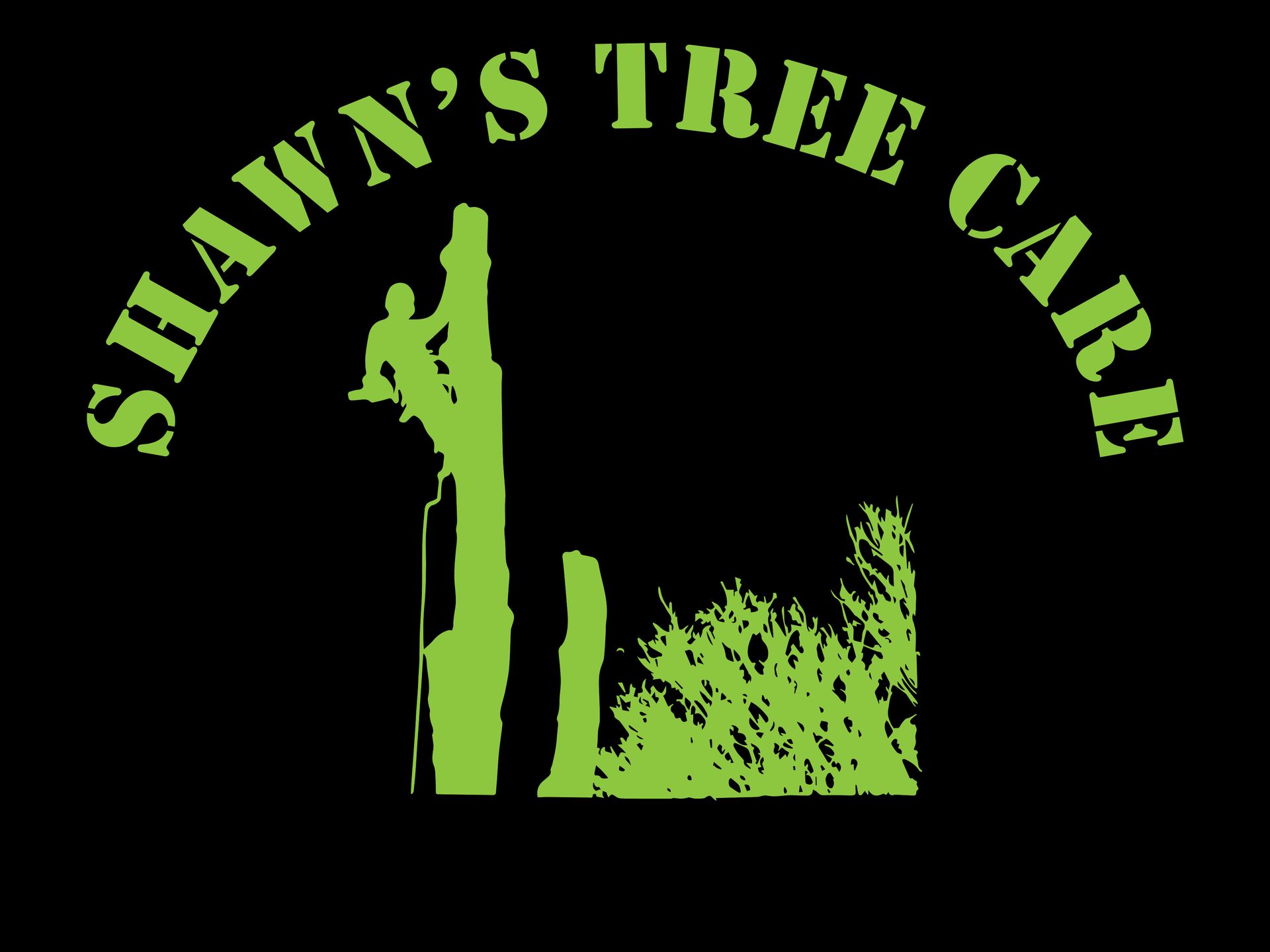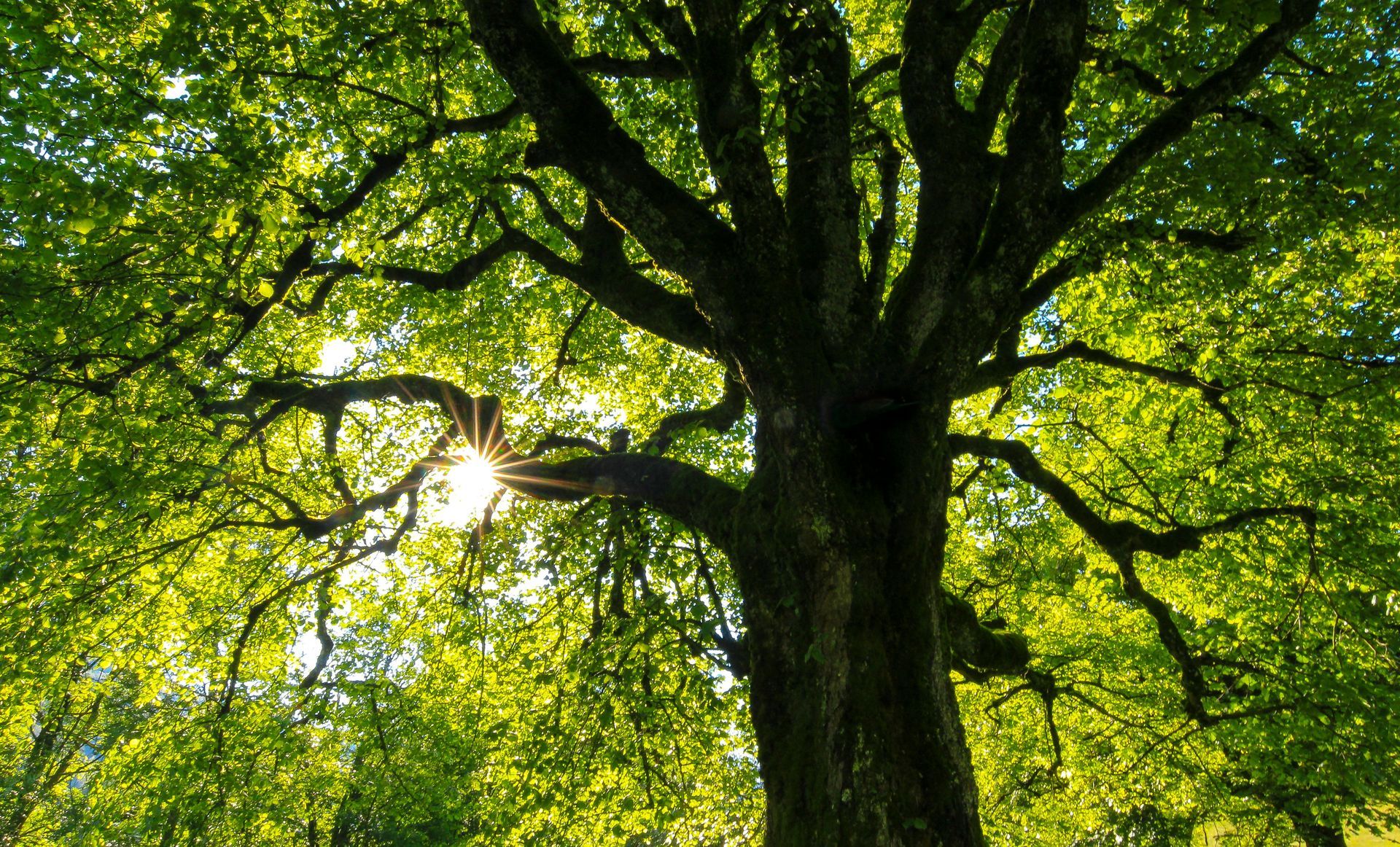What Is Tree Cabling and Why Your Tree Might Need It
Tree cabling adds strength and protection to trees by using flexible steel cables to brace weak or heavy branches. This reduces the chance of limbs breaking off and causing injuries or property damage. If a tree shows drooping limbs, branches that rub against each other, or cracks forming where branches meet the trunk, cabling can often save the tree rather than cutting it down. This method helps trees stay stable, healthy, and able to sway naturally with the wind, preserving their beauty and shade. For many homeowners, cabling is an important part of keeping their trees safe and their outdoor spaces enjoyable. To learn more, you can explore the details of tree cabling and bracing services or find out more about the team providing expert care.
Key Takeaways
- Tree cabling uses flexible steel cables to support weak or heavy branches, improving stability and reducing breakage risk.
- It is essential for trees with large limbs, cracks at branch junctions, split crotches, or noticeable leaning.
- Cabling helps maintain tree health, promotes natural healing, and extends the tree’s lifespan.
- Installation involves securing cables to hold branches together without restricting natural growth and movement.
- Regular maintenance and professional assessments ensure cable effectiveness and address tree stress signs promptly.
Understanding the Basics of Tree Cabling
Tree cabling might sound complex, but it’s a simple concept that makes a big difference. Arborists use steel cables to connect branches and relieve stress from areas prone to breaking. It’s a way of supporting a tree’s natural shape while protecting it from strong winds, storms, or the weight of large limbs.
Trees often develop structural issues as they grow, especially when branches stretch out too far or grow at weak angles. Installing cables in the right places distributes the load more evenly, helping the tree remain upright and less prone to sudden breaks. By choosing cabling, property owners give trees the chance to stay strong and live longer without major pruning or removal. It’s a practical method for maintaining tree health and keeping yards safe and attractive. In addition to cabling, other services like tree trimming and pruning, tree removal, or even bush and tree planting can help keep your landscape healthy and balanced.
Common Signs That Indicate Your Tree Needs Cabling
Several visible signs suggest a tree might benefit from tree cabling. Drooping or sagging limbs often indicate weak branches under strain. Branches that rub against each other can create wounds and weaken the tree’s structure, making them more prone to breaking. Look for cracks where branches join the trunk, as these areas are highly vulnerable. Trees that lean noticeably or sway too much in the wind might be struggling to stay balanced. Another red flag is split crotches, where two limbs grow close together but start pulling apart under weight or wind pressure. Spotting these issues early allows for intervention before major damage occurs. Tree cabling offers a way to support these problem areas, preventing further stress and preserving the tree’s natural shape. It’s also helpful to read tips like the signs that trees need trimming to keep your trees in good condition.
The Benefits of Tree Cabling for Tree Health and Safety
When a tree shows signs of stress, tree cabling becomes an important tool for keeping it safe and healthy. The benefits go beyond preventing breakage. Cabling keeps vulnerable limbs in place, reducing the risk of branches falling during storms and harming people, buildings, or vehicles nearby. The system also allows the tree to heal on its own by removing pressure from damaged sections, giving it time to grow stronger. Over time, this support can extend the lifespan of the tree, preserving its role as a beautiful and valuable part of the landscape. Choosing cabling protects not only the tree but also your home and outdoor space, ensuring safety and maintaining the tree’s natural appearance. For broader property care, services like land clearing and stump grinding and removal help maintain safe and attractive landscapes.
A Quick Guide on Tree Cabling Installation
Since cabling involves working with your tree’s limbs, it’s important to do it right to keep everything safe and sound. First, you’ll gather your installation tools—things like cables, bolts, and a drill. Then, using proper cabling techniques, you carefully select the limbs to connect, usually where branches might rub or break. Next, you drill holes in the limbs, install bolts, and thread cables through. Finally, you tighten the cables just enough to support the tree without choking it.
Here’s a quick look at the essentials:
| Step | What You Do | Why It Matters |
|---|---|---|
| Inspect | Find weak or heavy limbs | Target problem areas |
| Prep | Gather tools & materials | Be ready to work safely |
| Drill | Make bolt holes carefully | Secure cables properly |
| Install | Insert bolts & thread cables | Provide support |
| Provide support | Adjust cable tension | Balance support with growth |
Different Types of Cabling Systems Used by Arborists
Arborists use several types of cabling systems to protect trees, each designed for different situations and levels of damage. Each approach uses different installation techniques and materials, selected based on the tree’s condition and environmental factors. Choosing the right system ensures the tree remains stable without harming its natural growth.
- Single-cable systems connect two branches to prevent them from splitting apart and are useful for smaller trees or minor structural issues.
- Multi-cable systems involve several cables installed in a network for trees with many weak branches needing support.
- Dynamic cabling provides flexibility, allowing branches to move naturally while reducing stress at key points, helping maintain tree health.
- Rigid cabling restricts movement entirely, which is necessary for trees with severe splits or high risk of breakage.
When to Choose Cabling Over Tree Removal or Pruning
Tree cabling becomes the best option when a tree has structural weaknesses but remains generally healthy. It allows you to support the tree instead of resorting to drastic measures like removal or significant pruning.
Structural Support Benefits
By installing cables, arborists can stabilize branches and reduce the risk of them breaking off in storms or heavy winds. This preserves the tree’s shape, protects surrounding property, and maintains the landscape’s natural beauty. Cabling also helps the tree grow more evenly, reducing stress on major limbs and promoting long-term health.
Cost-Effectiveness Compared
Choosing tree cabling is often more affordable than removing a tree or performing extensive pruning. Removal costs can include not just cutting down the tree but also stump grinding and removal and debris disposal, which quickly adds up. Cabling requires less disruption and helps avoid the expense and effort of replanting. Over time, cabling can save significant costs by preventing damage and extending the life of valuable trees.
Preservation vs. Removal
If the tree is healthy enough to remain standing, tree cabling often makes better sense than removal. It’s a method of preserving a tree’s presence and value while addressing safety concerns. Before deciding on removal, property owners should assess whether cabling can solve the problem, allowing the tree to continue thriving in its environment. Homeowners may also want to check for seasonal promotions that make tree care services more affordable.
Caring for Your Tree After Cabling Installation
Even after installing tree cabling, a tree needs ongoing care to ensure the system remains effective. Property owners should check cables several times a year to make sure they stay secure and don’t become too tight as the tree grows. Trees naturally expand, and cables may require adjustment to avoid damaging the bark or restricting growth. In addition to checking cables, maintain good tree health by watering during dry periods and adding mulch to regulate soil moisture and temperature. Look for signs of stress like new cracks, leaning, or reduced leaf growth, and consult a professional arborist if any problems appear. Consistent maintenance ensures the tree stays stable, safe, and healthy for years to come.
Frequently Asked Questions
Can Tree Cabling Affect Property Insurance Premiums?
Tree cabling helps reduce the risk of property damage from falling branches or tree failure. Some insurance companies may view this proactive tree maintenance positively and offer more favorable rates or terms. It’s worth asking your insurer how tree care might impact your policy.
Is Tree Cabling Environmentally Friendly?
Yes. Tree cabling preserves mature trees that would otherwise be removed, helping maintain wildlife habitats, improve air quality, and support overall environmental health. It’s a sustainable choice that benefits both your landscape and the local ecosystem.
How Long Does Tree Cabling Typically Last?
A tree cabling system generally lasts between 10 and 20 years. The exact lifespan depends on the tree’s growth, weather conditions, and how often the system is inspected and maintained by a professional arborist.
Can DIY Enthusiasts Install Tree Cabling Safely?
While it’s possible to attempt tree cabling yourself, it’s not recommended. Proper cabling requires specific tools, expertise, and safety measures. A certified arborist can ensure the cables are installed correctly and safely to protect both the tree and surrounding property.
Does Tree Cabling Impact the Tree’s Growth Rate?
No. Properly installed tree cabling doesn’t restrict growth. Instead, it offers structural support that helps the tree grow safely, allowing branches to move naturally while reducing the risk of breakage or damage.
Final Thoughts
When a tree begins to lean, show signs of stress, or develop structural weaknesses, tree cabling offers an effective way to keep it safe and healthy. Cabling provides strong support that helps trees withstand wind, heavy branches, and other stresses without sacrificing their natural shape.
Ongoing care remains important after installing tree cabling. Regular inspections, adjustments, and watching for new signs of damage help the system continue to protect the tree as it grows. Choosing cabling safeguards not only your tree but also your property and the overall look of your landscape. For unexpected issues, services like
emergency tree care ensure your trees get prompt attention when needed. With proper care, your tree can stand tall and remain a valuable, beautiful part of your yard for many years. To protect and maintain your trees,
contact Shawn’s Tree Care today.

